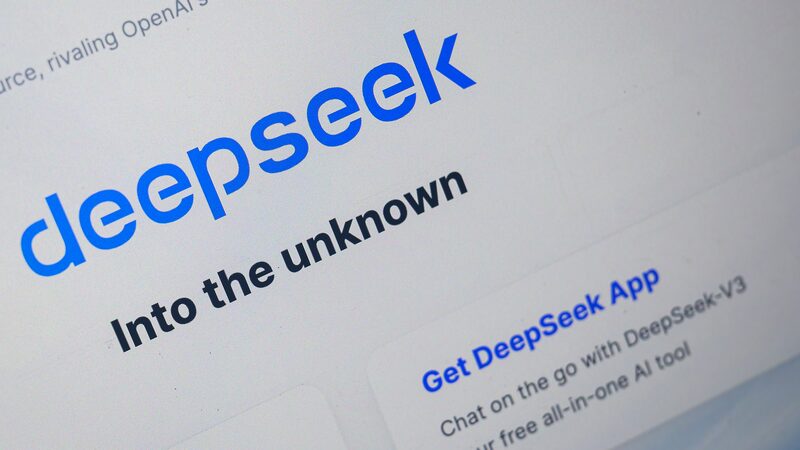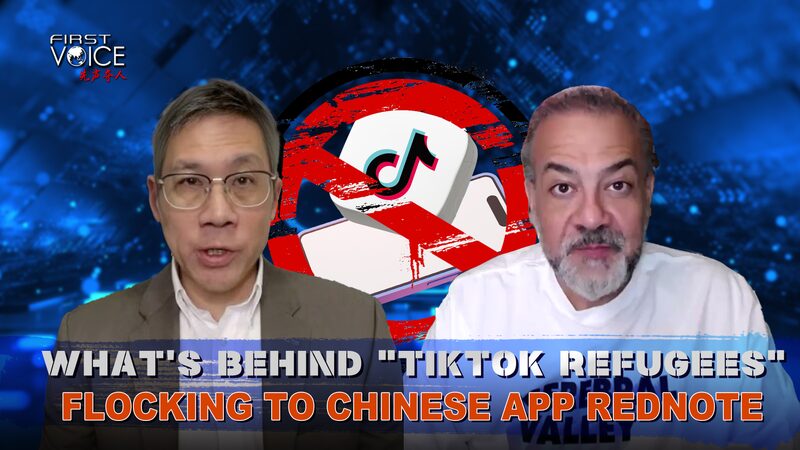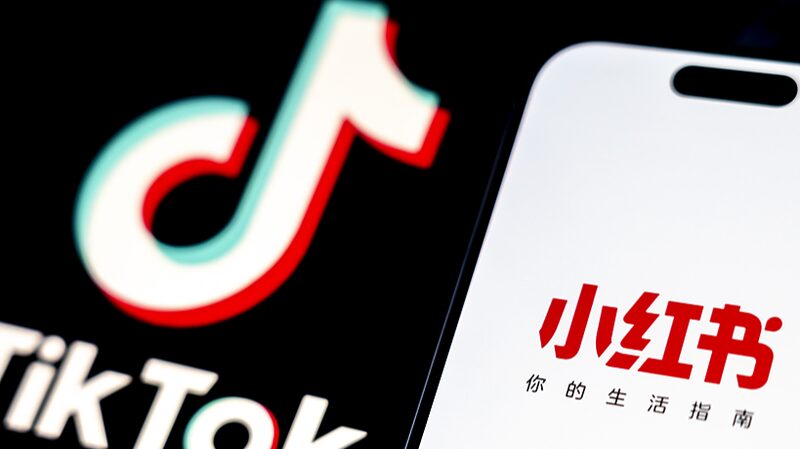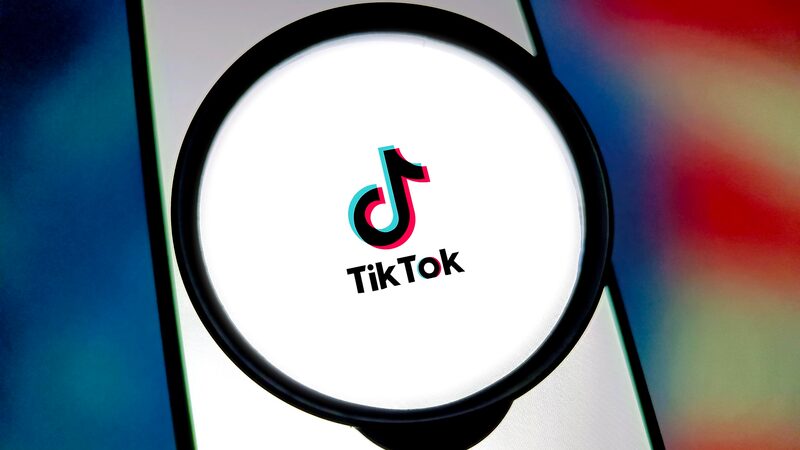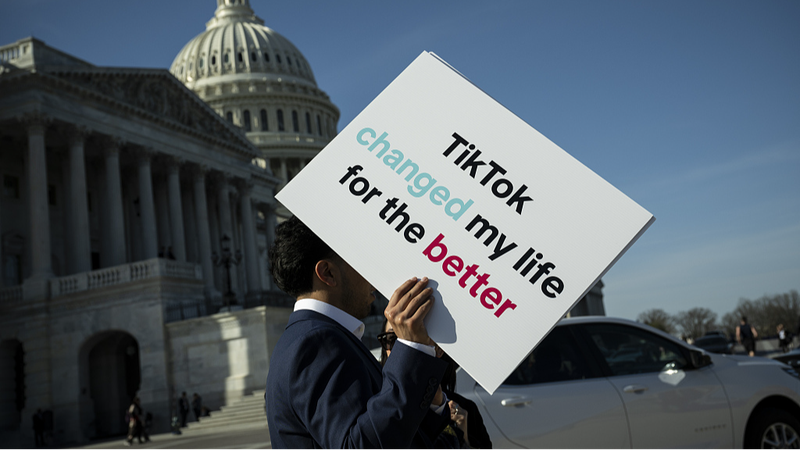In recent months, the global technology landscape has experienced a significant shift, with political discourse overshadowing engineering advancements. Following incidents like the Huawei case and the TikTok controversy, the United States has intensified its scrutiny of Chinese technology companies. However, American consumers continue to embrace Chinese tech for its superior performance.
When TikTok's fate was uncertain, another Chinese app, RedNote, surged in popularity, becoming a preferred platform for content creation and sharing among American users. This trend underscores a paradox: while U.S. authorities frame successful Chinese tech firms as threats, consumers are drawn to their innovative offerings.
Attention has now turned to the groundbreaking achievements of Chinese artificial intelligence (AI) company DeepSeek. In 2025, DeepSeek launched DeepSeek-R1, an open-source reasoning language model that rivals OpenAI's ChatGPT models. DeepSeek-R1 matches its American counterparts in complex tasks such as mathematics, coding, and logical reasoning.
What sets DeepSeek-R1 apart is its cost efficiency. It is reportedly 20 to 50 times cheaper to operate than American models, significantly lowering barriers to AI adoption worldwide, especially in underdeveloped or developing countries. Following its launch, DeepSeek's chatbot application became the most downloaded app on Apple's App Store, surpassing all competitors.
This milestone triggered a historic reaction in financial markets. Tech stocks, particularly those of AI hardware providers like Nvidia, experienced a sharp 17 percent sell-off, with Nvidia losing an astonishing $600 billion in market value in a single day. Industry experts have dubbed this event \"AI's Sputnik moment.\"
Remarkably, these developments occurred despite stringent U.S. chip sanctions on the Chinese mainland, aimed at slowing China's AI progress by cutting off access to high-end semiconductor technology. Instead of hindering innovation, these restrictions have incentivized Chinese companies to develop alternative, cost-effective solutions. The success of DeepSeek-R1 suggests that China is not only adapting but also redefining efficiency in AI development.
The United States has long positioned itself as a champion of free markets and open competition. Yet, recent protectionist measures raise fundamental questions. Will the U.S. continue to sanction foreign companies that outperform their American counterparts instead of fostering domestic innovation? How does this align with the principles of an open economy? In a truly free market system, competition should drive innovation, not government-imposed barriers.
Reference(s):
AI's 'Sputnik moment'? Competition makes technology grow, not bans
cgtn.com
